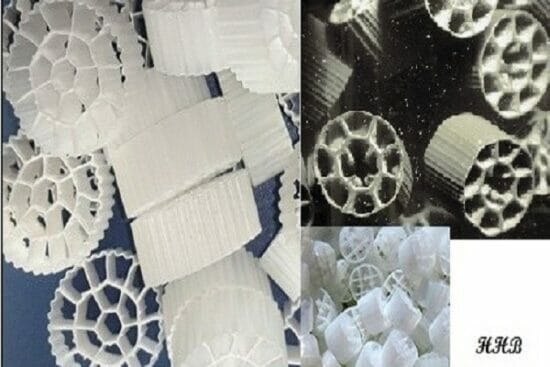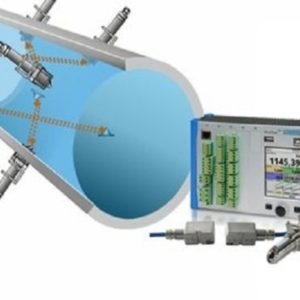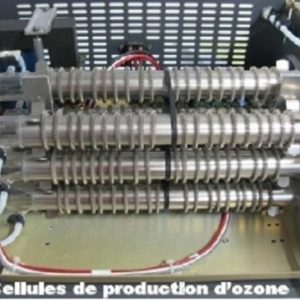E – 1970 Biological Wastewater Treatment II – MBBR Processes
$100.00
Courses Included
The MBBR (moving bed biofilm reactor) process is an attached growth process that uses plastic carriers to provide a surface on which biofilm grows. The plastic carriers are kept suspended in the aeration tank by an aerator for an aerobic process or by mechanical mixing for an anoxic or anaerobic process. The plastic carriers are kept in the system by a sieve at the outlet of the tank. The MBBR process doesn’t require sludge recycle, because the biomass remains in the system attached to the plastic carriers. The required reactor size for an MBBR process is typically significantly smaller than that for an activated sludge process treating the same wastewater flow, or for other common attached growth processes like the RBC or trickling filter. It can be used for BOD removal, biological nitrification, biological denitrification, and biological phosphorus removal.
This course provides discussion of and detailed examples of process design calculations for a single stage BOD removal MBBR system, a two-stage BOD removal MBBR system, a single stage tertiary nitrification MBBR system, a two-stage BOD removal/Nitrification MBBR system a post-anoxic denitrification MBBR system and a pre-anoxic denitrification MBBR system.
This course is intended primarily for civil engineers, environmental engineers, and chemical engineers. After completing this course you will be familiar with the general components and configuration of an MBBR wastewater treatment process and be able to make typical process design calculations for an MBBR process.






